The Durban Riots of 1949 is one of the deadliest massacres in the history of South Africa. It targeted the Indian South Africans in Durban, South Africa. The riots lasted for three days and resulted in unthinkable estimates of deaths. The memory of the trauma and fear has been retained by the generations of the people who experienced it.
This article will unfold several occurrences of the events that led to the massacre, the unknown causes behind it and the aftermath.
The Durban Riots
Let’s first look at the series of events from the day the violence started and scaled into a massacre.
13th January, Thursday
On 13th January, Thursday, reportedly an Indian storekeeper assaulted a black African youth. In the evening of the same day, several Indians were set upon in the Indian business area of Durban. The ethnic Indians were thrown stones upon and looted, and their properties were destroyed at Victoria Street. But the violence soon faded away.
On 13th January 1949, the Durban riots started, driven by an anti-Indian campaign that lasted the last two days, targeting Indians in South Africa.
14th January, Friday
On 14th January, Friday, “a veritable human cyclone hit the business area”. A wave of black Africans loaded with improvised ammunition and arms ensued an unimaginable reign of terror. They destroyed the properties and killed ethnic Indians, whoever came their way.
The police stood by the side, watching the terror and killings. Europeans also later joined the forces to loot. The terror spread from the business centre to other parts of the town and suburban areas. The one-sided riots or massacres included Murder, arson, rape and looting. The terror that ensued did not have any direction or aim. One Indian member of the SA Police, No. 126399 Const L Karaputhu, was killed during the riots on 14th January 1949.
(Information supplied by Mr Logan Govender)
15th January, Saturday
The riots extended to the night of 15th January, Saturday. The police tried to curb the violence, but it later erupted on 19th January in Pietermaritzburg.
The ‘Real’ Cause
The Natal’s African newspaper chided the Indians for the grimness they faced. It tried to justify the riot for the following reasons: black-marketeering, notification of black Africans socially, illegal activities, somewhat better treatment of Indians by the Europeans, etc.
But can these reasons justify the massacre? South Indian Africans lived under conditions similar to those of the South Africans. They also faced the derogatory social standards instilled by Whites.
However, the Natal Indian Congress says that this resulted from a stored frustration of years. The unfair and inhumane treatment of Africans in the vicinity of their homeland by foreigners was mentally exhausting. It prevented them from the freedom to grow and achieve in their lives. Their energy and anger were directed towards another group who was weaker and socially below them.
Aftermath of the Durban Riots
The Indians in Durban were shocked by the upturn of the crowd and their violence towards them. It was not easy to comprehend what exactly was the reason for the monstrous brutality that was flooded upon them.
Interestingly, according to Sahi African History Online, ‘there was no clash between two races, there were no pitched battles, no organised assaults and reprisal by two race groups’. Even if the Indians attempted to revert the austerities, they could not fight back. They were either killed or burnt. Therefore, it cannot be called a riot since one race of people slaughtered another without any prevention.
Discussions
On 6th February 1949, the South African Indian Congress (SAIC) and African National Congress (ANC) formed a joint council to foster a sense of empathy and friendship between the two communities.
A Judicial Commission was appointed by Dr. DF Malan, which began its inquiry regarding the riots on 17th February 1949.
However, the commission failed due to its non-cooperation with Dr G. Lower.
The Civilisational Hatred
But did the outbreak of violence help?
No, this gave Whites the leverage to prove that Blacks of South Africans were ‘uncivilised’ and still not ready to operate independently as a society or state. They were deeply tightened in the shackles and were forced to live under colonialism.
“Let’s not forget the murders, the assaults, the rapes, the displaced, homes burnt and the children who were kidnapped and never came home.”
Many Indians were shocked and distraught as they had to move to refugee camps after their houses were destroyed.
On the other hand, the trauma, fear, brutalities, merciless horror and pain of 14th January have been forever coded in the civilisational memory of the South African Indians.
Conclusion
Many commissions were set up to inquire about the Durban Riots of 1949, one of them being the Riots Inquiry Commission, but it failed. The commission blamed Indians and Africans for the Riots, reducing them to the suffering and pain of the night of horror. African’s racial stature and Indian perceptions were held responsible for the violence that ensued and tainted the history of South Africa. Till now, the problems caused by the system of apartheid and social discrimination by Europeans have not been acknowledged. And will it ever be acknowledged? Or do South Africans have to live under the guilt of the brute and Indians of South Africa with the memory of the pain of 15th January 1949?




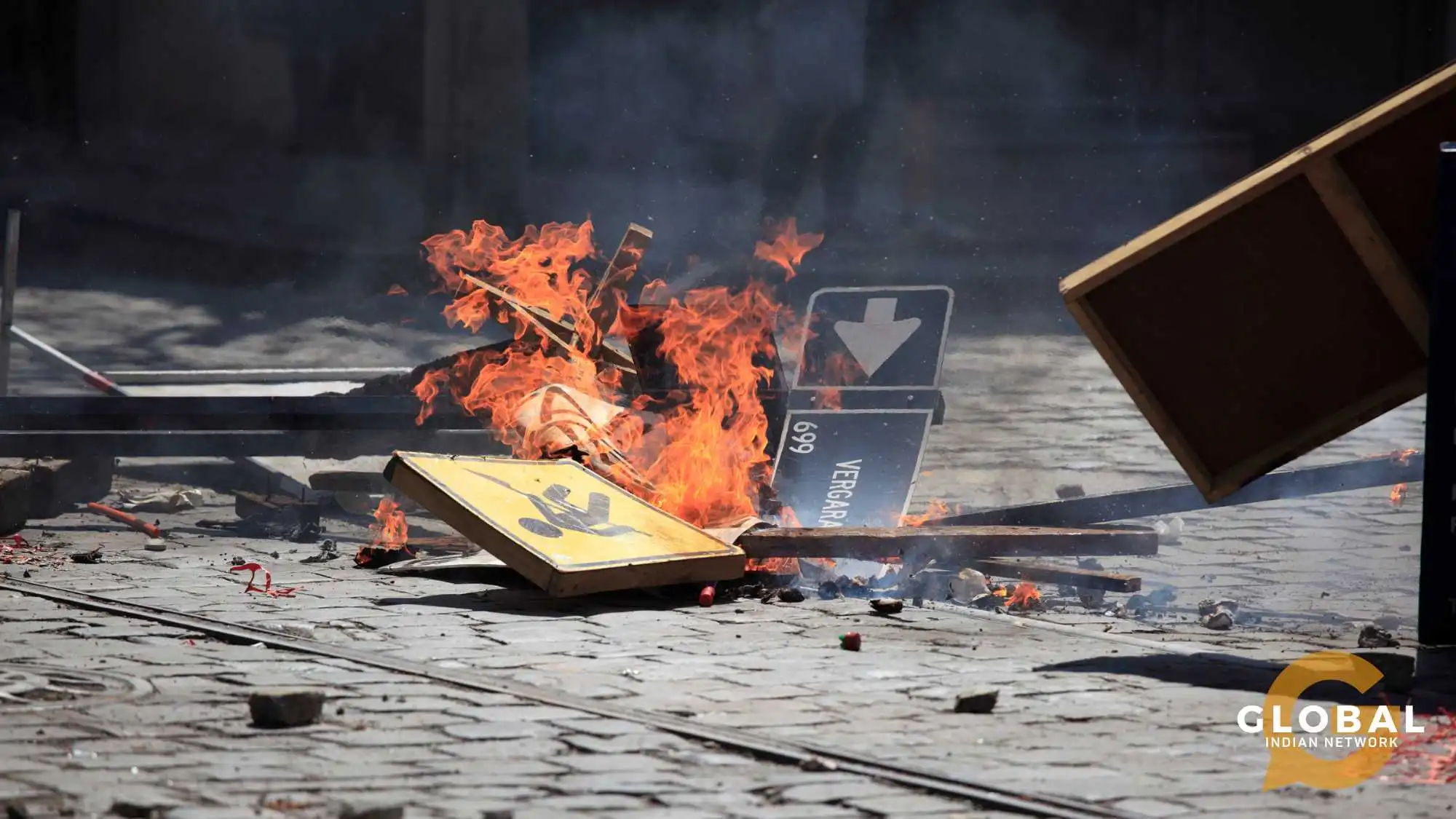
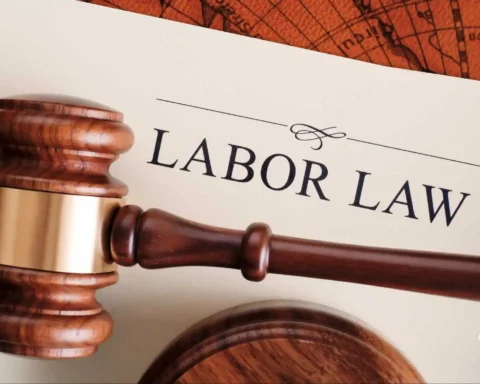
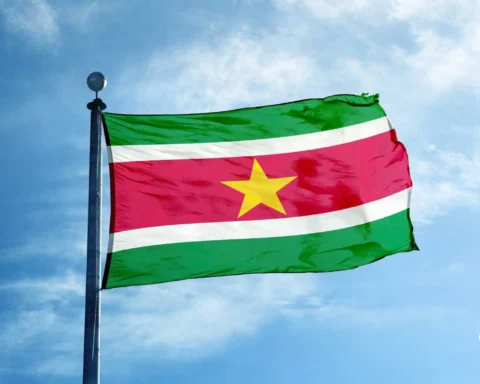
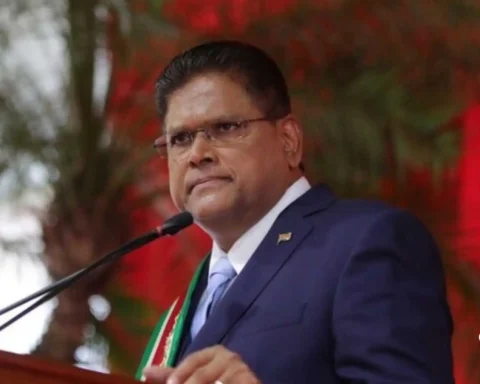

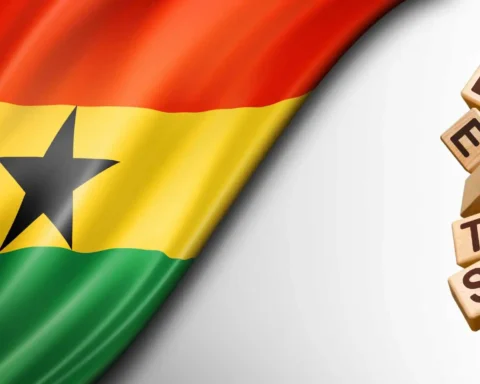
Unfortunately the Indian in South Afri6a are still dictimanated by the current government.
Indian child who excelled in matric cannot get admission to Medical students.
Indian township as been neglected since the dawn of democracy.
We Indians are under constant threat by predominantly the blacks.They build the squatter camps close to where majority Indians live.On a daily basis they walk the streets or sit at strategic spots observing the movement of homes that they have singled out to rob. Old and very young are targeted either for money or cell phones.In terms of service at government buildings or shops we are frequently ignored in order to serve their fellow blacks. The attitude changes when helping Indians ,for the worse kind of assistance by being rude and dismissive.Its common for them to greet blacks or whites but overlook Indians as if we are of no consequence. Yet we never turn away a black beggar without giving him or her something. Even this they feel is a right.In a situation, they are aggressive and violent and wouldn’t hesitate to kill you to show their power over you.This is untenable, uncivilized and extremely cruel behavior. I won’t be surprised if they target us again because their hatred for us is in their blood.
WOW
This account only skims the surface of this event.
It should have been written in greater depth in my humble opinion
Thanks for your insights on the 1949 riots.
Come what may we Indians will always excell that’s why they hate us so much it’s has been proven all the world, Indians control the world in every thing they do
A lot of other race groups feel threatened by our rapid progress. When the Indians in Phoenix fought back recently they were victimized. Indians are a force to tecon with, only time will tell
Although we live in a country of democracy why would the South African blacks show any mercy on us when the majority of the Indian population when it comes to voting every 4 years we still support a party that cares only for the elites. Then we ask why are we sidelined.
[…] In the vibrant land of South Africa, a flourishing community of over a million people traces its roots back to South Asian descent. Their ancestors embarked on a journey from colonial India, predominantly as indentured labourers, while others arrived in the late 19th and early 20th centuries as "Passenger Indians". The heart of this community is centred around the beautiful city of Durban. […]
[…] by some – their progress and presence have at times been punctuated by violent attacks upon them – riots in 1949, 1985 and 2021 have demonstrated a thread of resistance to their presence – by some, not all – and […]
[…] denied political rights and representation, with limited representation in segregated councils. The Durban riots in 1949 targeted Indian South Africans, causing significant loss of life and property. The white minority […]